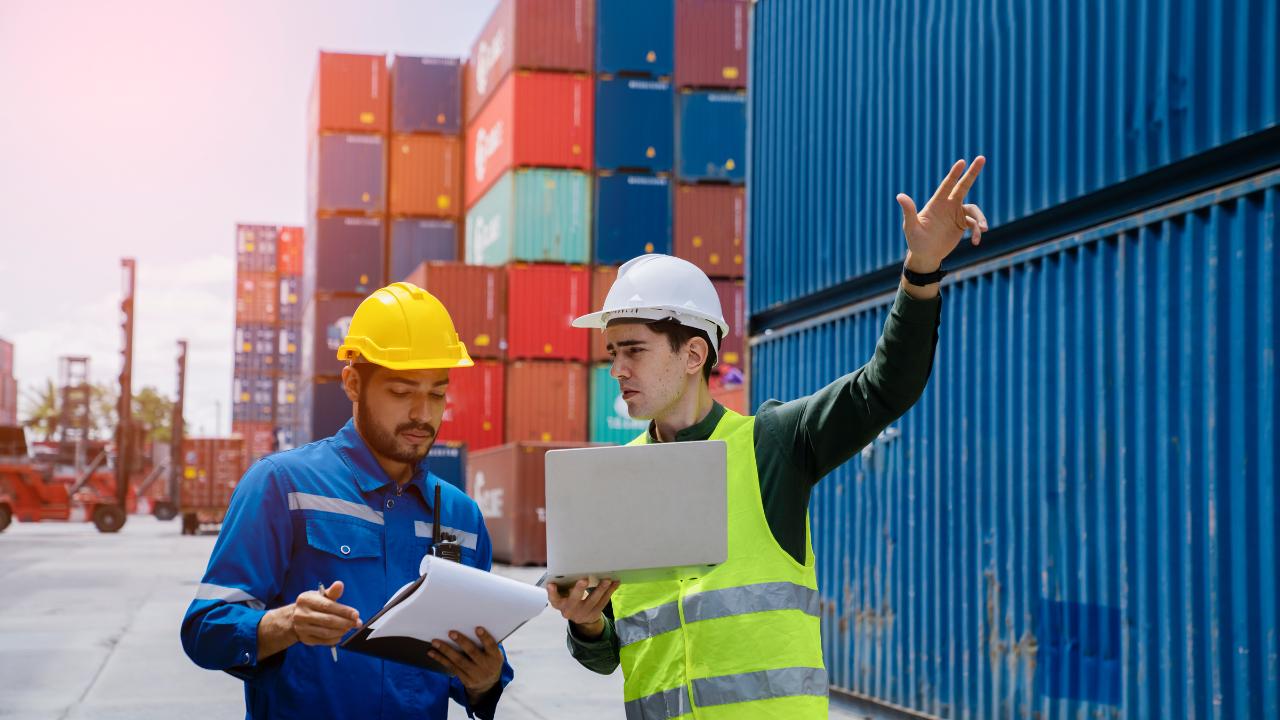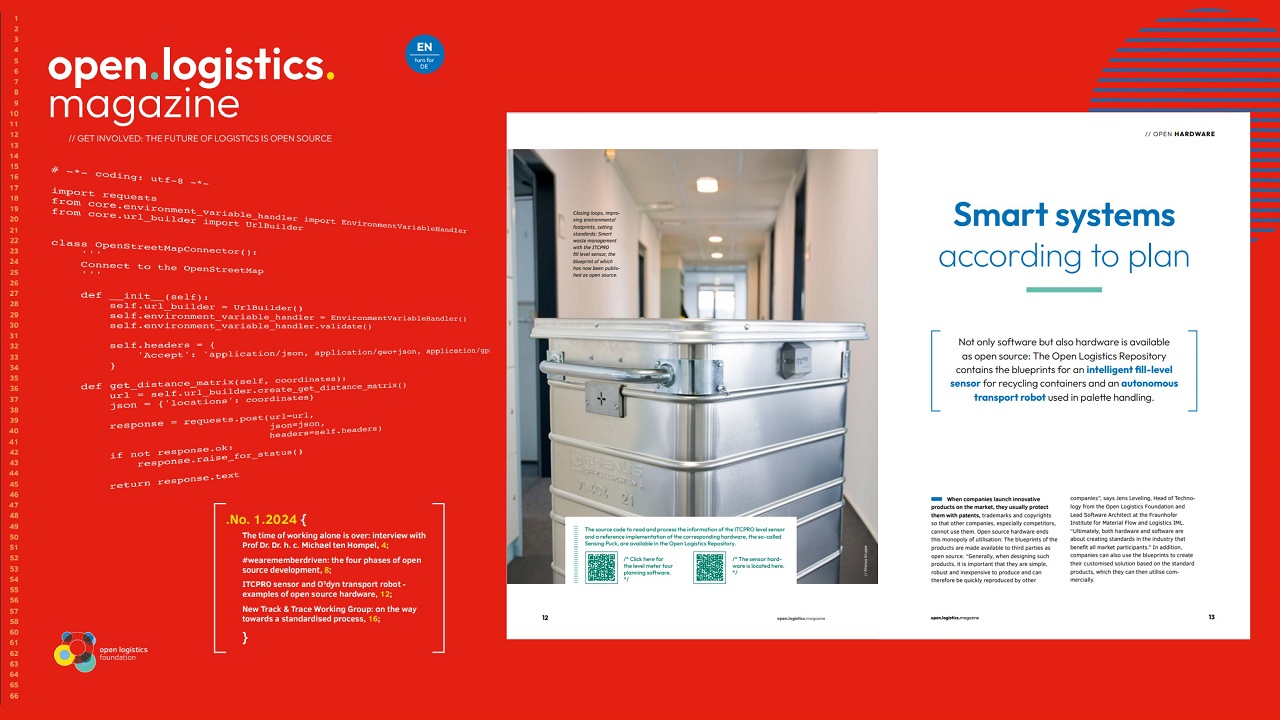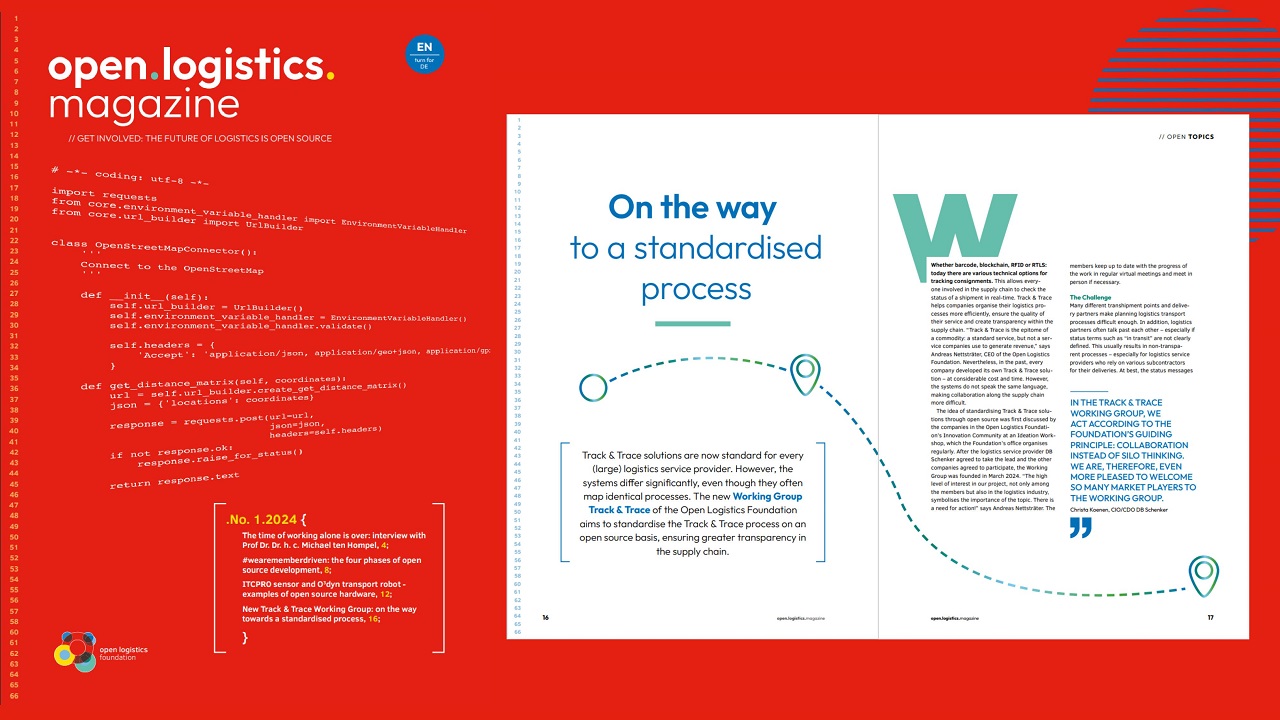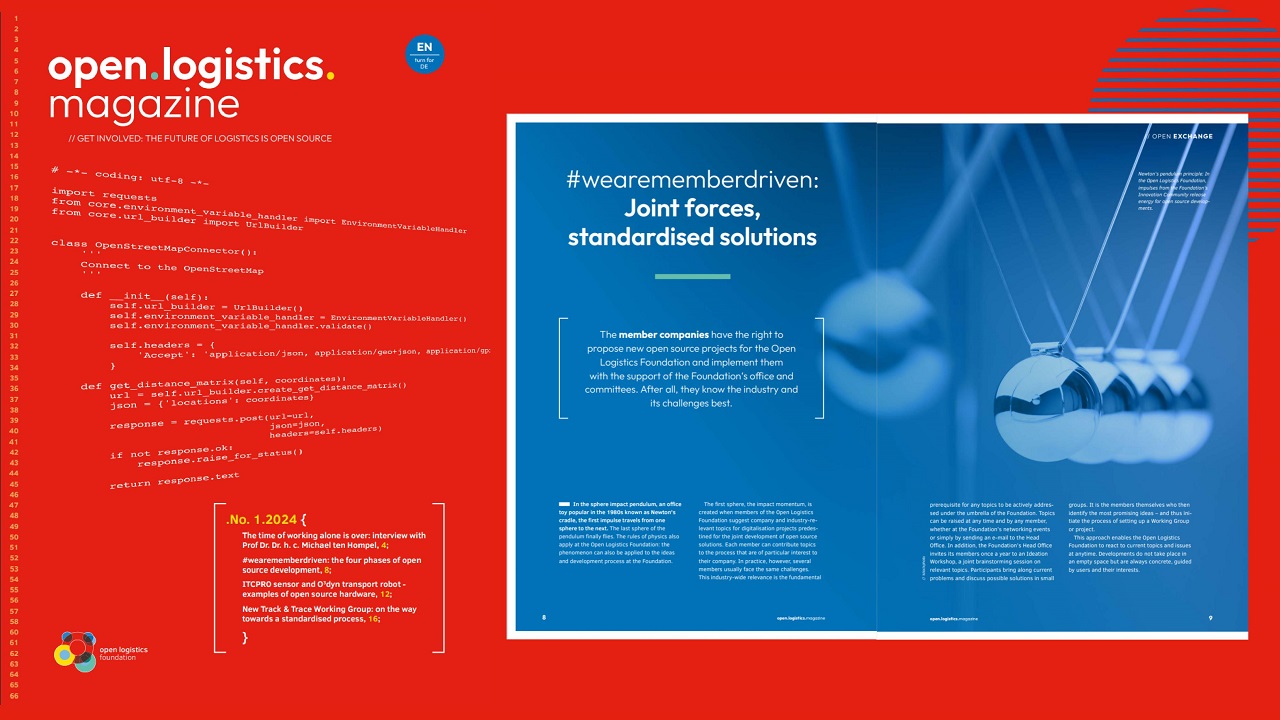One of the primary challenges confronting customs authorities has been the evasion of duties and the illegal transportation of prohibited goods. These issues often arise due to the manipulation of only a few key pieces of data. Moreover, the complexity of data involved in electronic clearances, most of which are not firsthand, intensifies the problem, leading to delays in clearance processes. These delays, which are introduced to protect the needs of authorities, negatively impact every stakeholder in the supply chain. The GPID project aims to address this by enabling sellers to create a simple key dataset on a blockchain, facilitating digital, tamper-proof, and transparent data handling throughout the export and import processes.
Understanding the GPID and its functionality
The Goods Passport ID (GPID) is a key dataset containing the most important information necessary at various stages of the export and import process, serving multiple stakeholders, including customs authorities, freight forwarders, buyers, and sellers. This dataset holds only the key data, whose manipulation leads to duty evasion and movement of prohibited goods: seller and buyer information, invoice value, quantities, goods classification, and the origin of goods. Stored on a permission hybrid blockchain, this key data remains unaltered, with only the seller (creator of data) able to make changes, which are automatically logged into the blockchain.
Each invoice corresponds to a single GPID, providing one reference point for authorities. In a typical export or import scenario, the seller forwards the GPID to a customs broker or buyer, who then incorporates it into the export/import declaration submitted to customs authorities. Subsequently, authorities examine the declaration, cross-referencing key data with the GPID from the blockchain. Any differences between the data in the blockchain and what is on the declaration are promptly visible to authorities, facilitating swift identification of duty evasion and prohibited goods, thereby expediting the entire digital customs process. Additionally, the key data record holds potential for future use such as security checks, RFID gates, scales, and other applications that do not require complete data records.
Insights from the Working Group lead
Michael Douglas, Customs Technology Consultant at ALS Customs Services and Working Group co-lead, answers some important questions.
What inspired the development of this project, and how does it align with the Working Group’s overarching mission and vision?
It was very clear to us that border delays are caused by authorities not trusting data. More importantly, it is really only a few key pieces of data at the root of this mistrust. So rather than trying to get complex datasets onto a blockchain to meet everyone’s needs (an idea that is continually failing to be achieved), we believed that a much smaller key dataset would be easier to introduce and yet provide maximum benefit for border delays. Our desire is to use blockchain technologies to improve customs processes for all stakeholders. GPID is an important step to achieving this.
Can you share insights into the collaborative process behind the project’s development, and how they shaped the project?
We started with research. Academic research from Fraunhofer who reviewed extensive reports from the WCO, WTO and others on the current and future use of emerging technologies. Discovering the needs of Traders and Customs brokers through our membership. Also, we used our close links with authorities and government departments to really understand what is delaying the use of blockchain in border processes (spoiler: complexity, cost and cross-territory acceptance). This led us to think, “What simple solution could provide maximum benefit?” A sort of 80/20 rule. Putting all this together led us to develop the GPID concept and the basic software components to make it work for a Pilot process. GPID was born.
What is the difference between BORDER and GPID?
GPID as described in this article, is focused on the needs of Authorities. Allow them to have trust in key data, so they reduce border delays, and the remaining stakeholders in the supply chain reap the benefits. BORDER is a complete dataset that allows stakeholders to share everything necessary to improve the time it takes to achieve efficient customs processes. We combine transport data, commercial invoice data, and specific customs-related data in one dataset secured on a blockchain, so that instructions are passed from one stakeholder to another in the most efficient and secure manner possible. Currently, the addition of customs requirements to existing transport-related datasets is fragmented and often insecure. BORDER will bring clarity and consistency.
Nine member companies, including AEB, ALS Customs, Dachser, DHL, duisport, Fraunhofer IML, IP Customs Solutions, LKW Walter, and Rhenus Logistics, are currently working on the project. The next steps include fostering cooperation with DG Taxud and customs authorities from both EU and non-EU countries, expanding participation from more companies, and establishing the technical infrastructure for a pilot network. With the GPID Project’s debut, a major step towards modernising customs processes has been taken, setting up a new era of improved efficiency, openness, and trust in global trade operations.
To learn more about the GPID Project, visit our website and GitHub.




